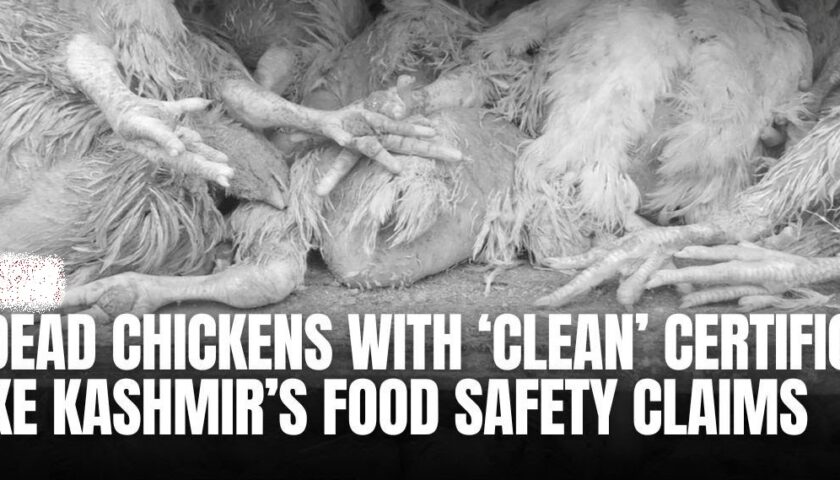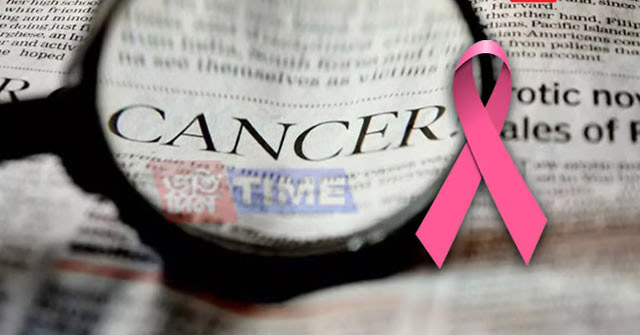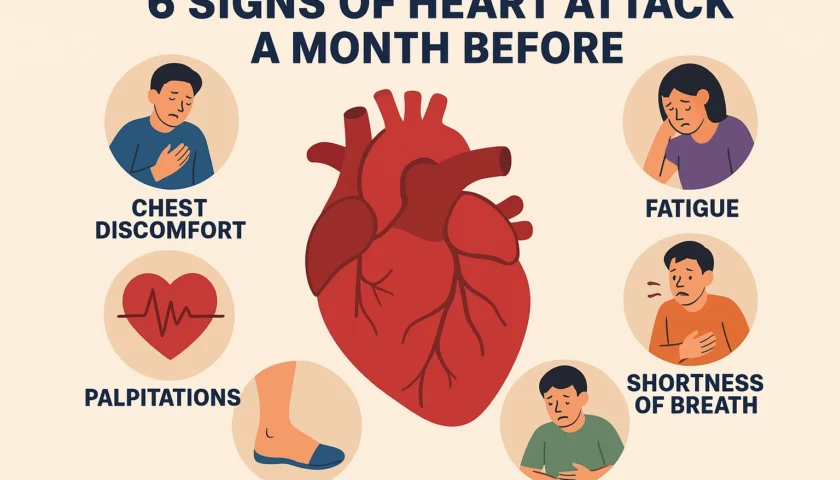The embattled district of Shopian in the south of Kashmir is at breaking point. An unknown gunman has shot and injured a local politician in the village of Chitragam. He is the third politician shot this week in Shopian district alone.
Earlier that day, streets across the region were filled with thousands of protesters demanding the death penalty for the man who raped a three-year-old girl.
And the past week has also seen the return of shelling between Indian and Pakistani forces in Kashmir, with civilians reportedly injured.
Such violence – not unusual in this conflict-riven part of India – is at the root of why the contested province of Jammu and Kashmir, as it is officially known, is in the grip of a mental health crisis.
India has one of the highest rate of psychiatric disorders in the world, with around 15 per cent of the population estimated to be suffering from a mental health or substance misuse disorder.
But in Kashmir, that figure is thought to be much higher, with some studies estimating that as many as 45 per cent of the population is suffering some kind of mental distress.
A 2016 report published by charity ActionAid and the Institute of Mental Health and Neurosciences (IMHANS) found “shocking” levels of mental ill health, particularly among vulnerable groups.
Between April 2018 and March 2019, 366,906 people received treatment in a government psychiatric hospital in the city of Srinagar alone – just under three per cent of the entire population of the state. And children are bearing the brunt of the crisis.
Muneera Maqbool, 42, anxiously ushers the Telegraph in to the ramshackle shed that she calls home with her three children. Muneera lives in Babapora, an impoverished hillside village in Shopian.
“It began the day after his father was arrested last August,” Muneera recalls, turning her attention to her youngest son Zeeshan, who is eight.
“He hasn’t stopped screaming and shouting and he keeps having hallucinations that his father has come back to him.”
After his symptoms continued for several weeks, Muneera took her son to a specialist in Srinagar, the state capital, where a psychiatrist diagnosed Zeeshan with post-traumatic stress disorder, obsessive-compulsive disorder and depression.
This diagnosis is unsurprising considering Zeeshan’s family history. Last year his father was detained by local police who claimed he had allowed Islamic militants to hide in their family orchard.
Muneera denies the accusations levelled at her husband and says he was set up by members of the police he had fallen out with.
Tears streaming down her face, Muneera apologises for the cramped conditions she lives in.
She reveals that she has been forced to sell the family home as she now spends half her monthly salary as a hospital cleaner on the anti-depressants her son takes twice a day.
Zeeshan’s story is anything but rare in a state that is battling a mental health epidemic among its children.
The Kashmiri state government does not record the exact number of children being treated at any time. However, according to a study by IMHANS the number of children treated in the psychiatric ward of the Srinagar hospital almost doubled between 2016 and 2019, from around 17,000 to 30,000.
“The study published by ActionAid in 2016 reveals that the incidence of mental health issues in Kashmir is higher as compared to that in other parts of India,” said Dipali Sharma, a director at ActionAid.
“Our ongoing work with children has underscored the need to deal with mental health issues that children face. This is an aspect of life in conflict areas that does not get much attention,” she says.
The high rate of mental health problems among children is put down to three things: poor access to treatment, stigma, and at the root of it all, conflict.
Conflict has been a fact of life in Kashmir since Partition in 1947, with both Pakistan and India claiming ownership of the state. Today, civilians are at risk from artillery strikes and being caught in the crossfire from police and militant shootouts in urban areas.
According to the Jammu and Kashmir Coalition of Civil Society more people died in the conflict in 2018 than any year this decade – there were 586 deaths, including 160 civilians.
“Our children are being brought up in an uncertain environment,” said Shah Faesal, the president of the Jammu and Kashmir’s People Movement.
“When kids go to school there is an insecurity – what if some violent incident happens on the way?”
The Indian authorities have been accused of a plethora of human rights abuses. In addition to forced disappearances, organisations like Human Rights Watch have detailed extrajudicial killings and mass rape of Kashmiri citizens.
There is also inter-communal conflict with Hindu Kashmiris claiming they are subject to a campaign of terror from Islamist militants.
They allege women have been sexually abused, properties and business burnt down and community leaders tortured to get them to flee the region.
“The conflict causes children to experience a disrupted social life, exposure to violence, broken families, militarization of civilian space, family disappearances and torture from both state and non-state actors,” Faesal says.
A study by Médecins Sans Frontières found nearly three quarters of Kashmiris have witnessed the physical or psychological mistreatment of a family or close friend.
The Indian Army argues its heavy-handed approach is necessary for both apprehending Islamist militant groups and protecting their staff.
The second factor behind the high burden of mental health is the lack of access to specialist treatment- despite improvements in the number of psychiatrists in the region, from five in 2005 to more than 50 today. However, three out of the state’s nine districts still do not have a qualified psychiatrist and, according to ActionAid, just six per cent of Kashmiris who need treatment get it.
Many point the finger at the government in Delhi for underfunding mental health care for Kashmiris. NGOs are trying to fill the gap, with Unicef opening a specialist child psychiatry centre in Srinagar in February.
Khaashiah Rehman, 16, is one of the lucky ones.
Every fortnight her parents drive her 120km from their village in north Kashmir for treatment in Srinagar.
Three years ago, after she began collapsing at school and her hair fell out, Khaashiah was diagnosed with severe anxiety and depression, attributed to the stress of growing up in a war zone.
Her symptoms stabilised after she began taking anti-depressants but they returned this week, with the spiralling conflict in the region leaving her more fearful than ever before.
Her parents are delighted with the treatment their daughter receives but are terrified their neighbours will find out – mental health carries a huge stigma here and is a major reason people do not seek help.
“Our communities are very close and most people will not approach doctors because of the stigma of having a child with this condition,” says her father, Akramullah Rehman, 43.
“It’s cruel for girls – when it comes to marrying if she suffers a condition then it can be very bad to find a husband.
“They are seen as ‘mad’ and it is also seen to affect the children they could have.”
Mental health conditions are very misunderstood in the state – it didn’t have a psychiatric hospital until 1989 – and many parents will approach a faith healer first.
The healers are rarely qualified professionals but still deliver ‘professional advice’ – such as encouraging people to attend the mosque – meaning that children who need immediate medical help do not receive it.
For Khaashiah, the combination of her condition and the ongoing conflict has left her feeling pessimistic about the future.
“I want to be a doctor but with the security situation in Kashmir it will be very difficult,” Khaashiah says.
For many parents, their hopes for their children are heart-breakingly simple.
In her shed in Babapora, Muneera Maqbool reveals that her eldest daughter, Nusrat, 19, has started experiencing similar symptoms to Khaashiah.
“I just want to take care of my children so they can live normal lives,” she says.




